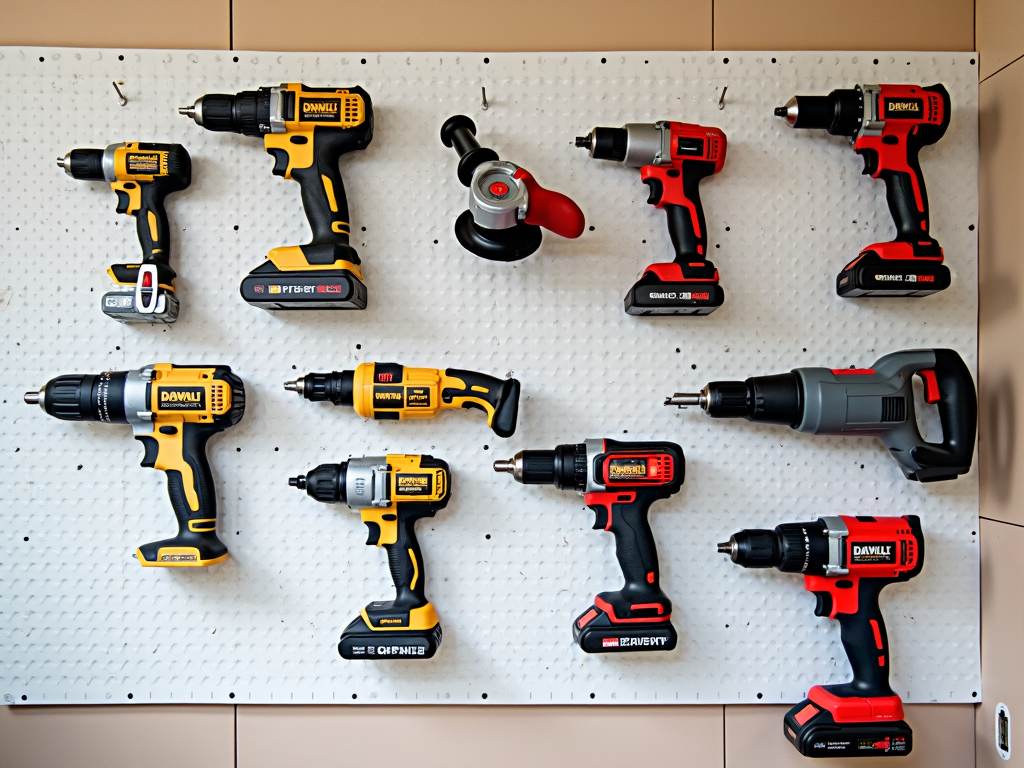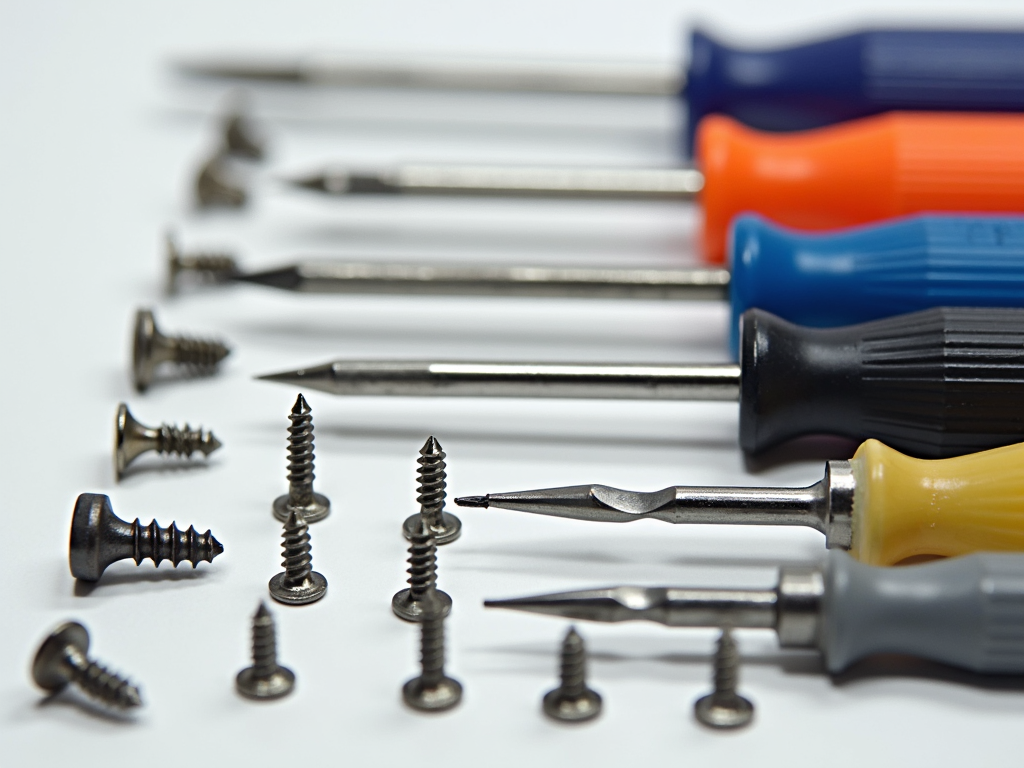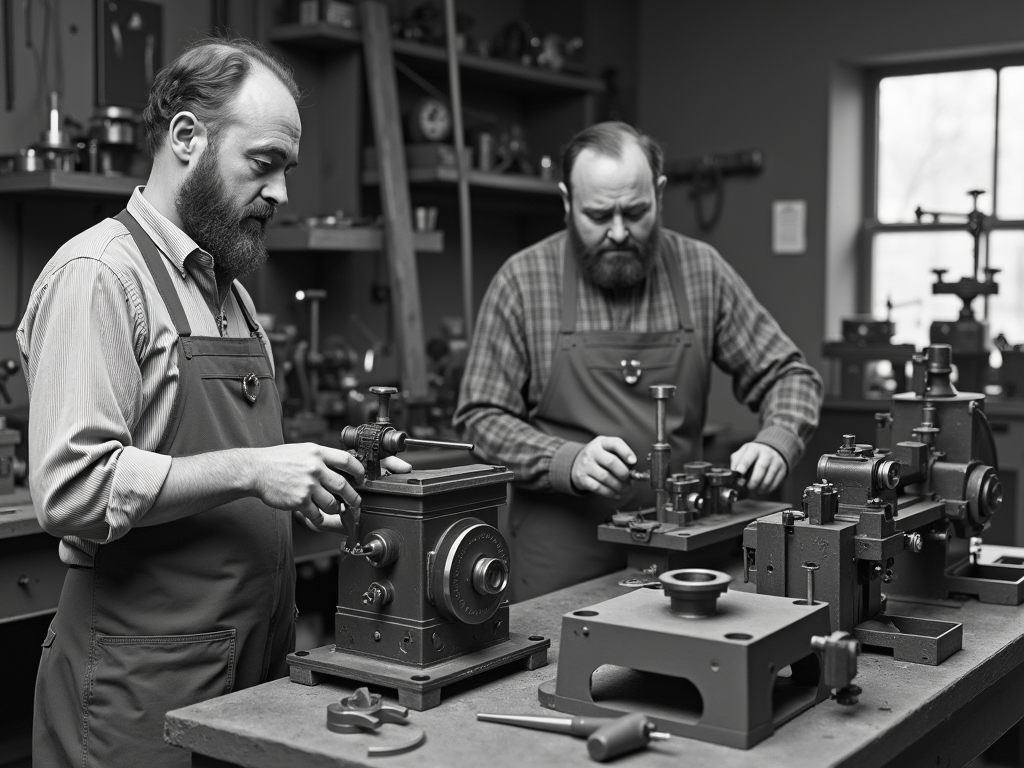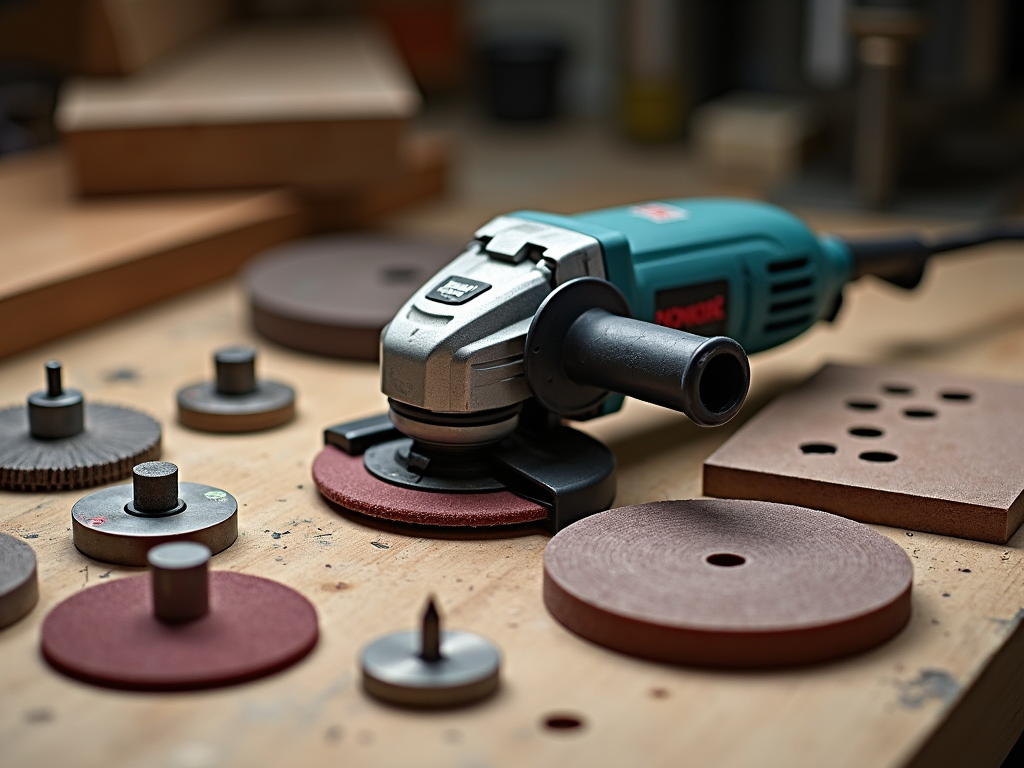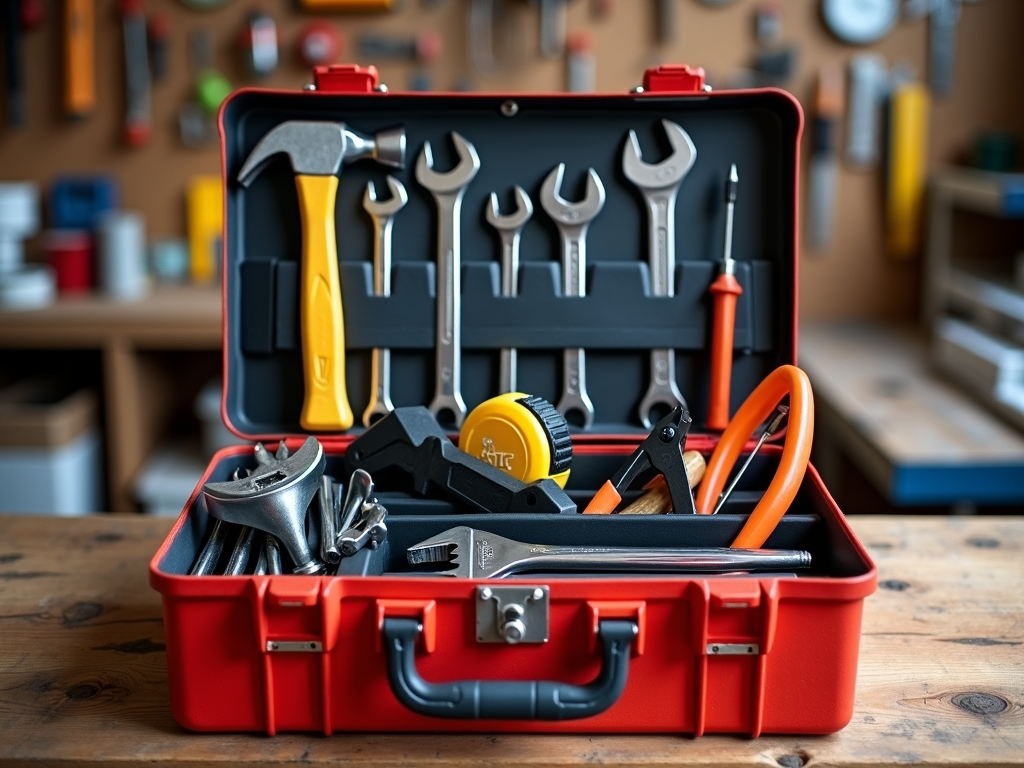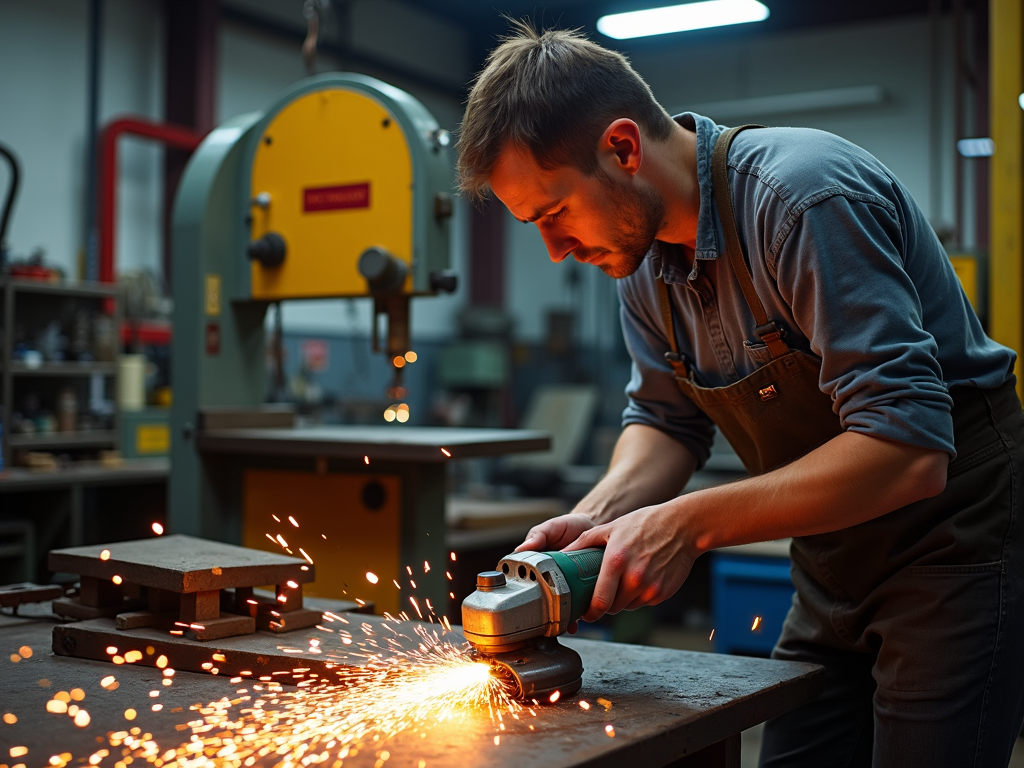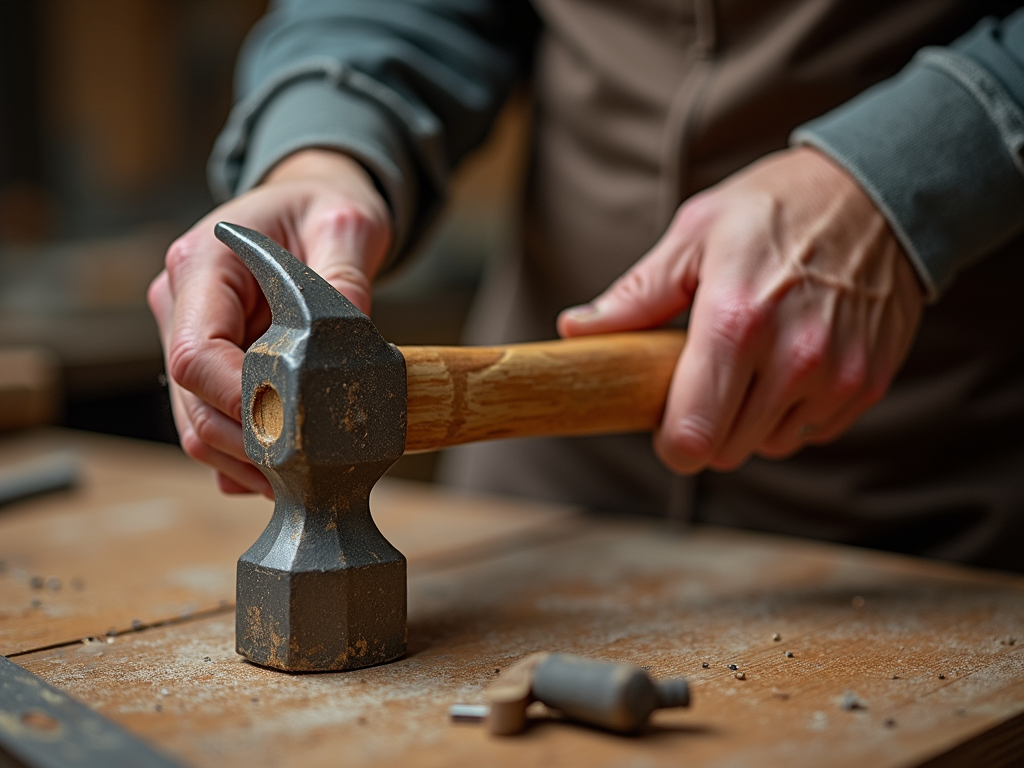Tool maintenance is essential for ensuring the longevity and performance of your tools. In this article, we'll share expert tips on how to keep your tools, from screwdrivers to workman tools, in top condition. Whether you're a DIY enthusiast or a professional, these tips will help you save time and money in the long run.
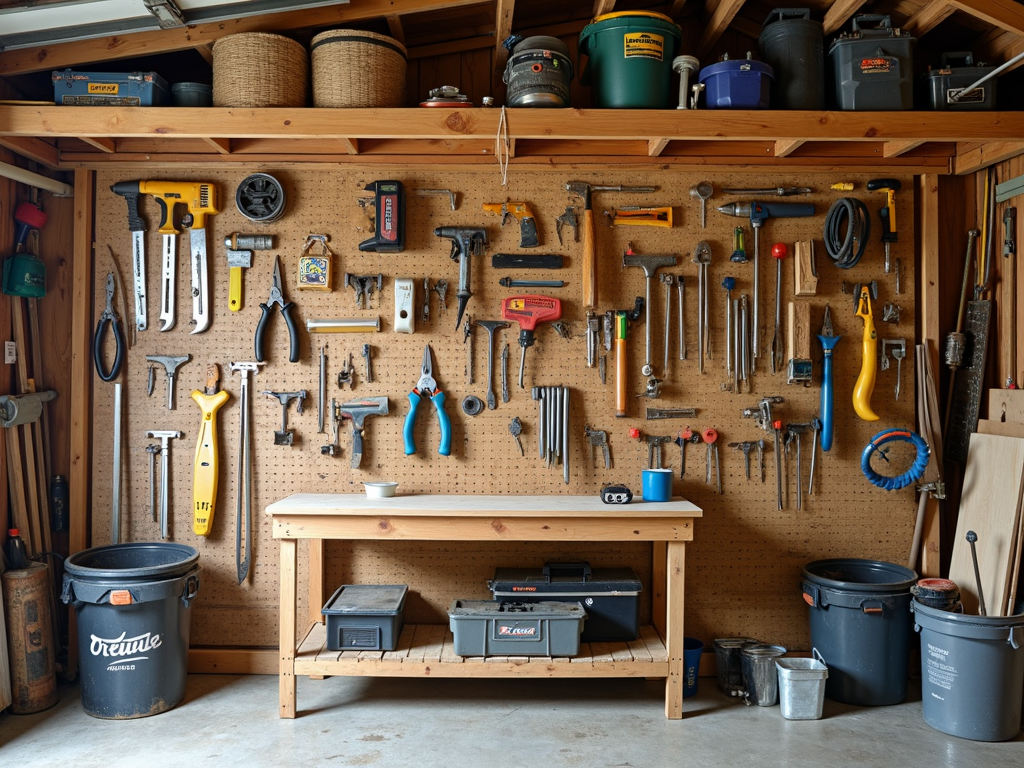
Tools are an investment, and like any investment, they require care and attention to maintain their value. Regular maintenance not only extends the life of your tools but also ensures they perform at their best. A well-maintained tool is safer to use and more efficient, saving you time and effort on your projects.
I learned the importance of tool maintenance the hard way. A few years ago, I was working on a home renovation project and my favorite screwdriver broke in the middle of the job. It was frustrating and delayed my progress. Upon inspection, I realized that the screwdriver had rusted because I hadn't cleaned it properly after using it in a damp environment. It was a costly mistake that could have been avoided with a little maintenance.
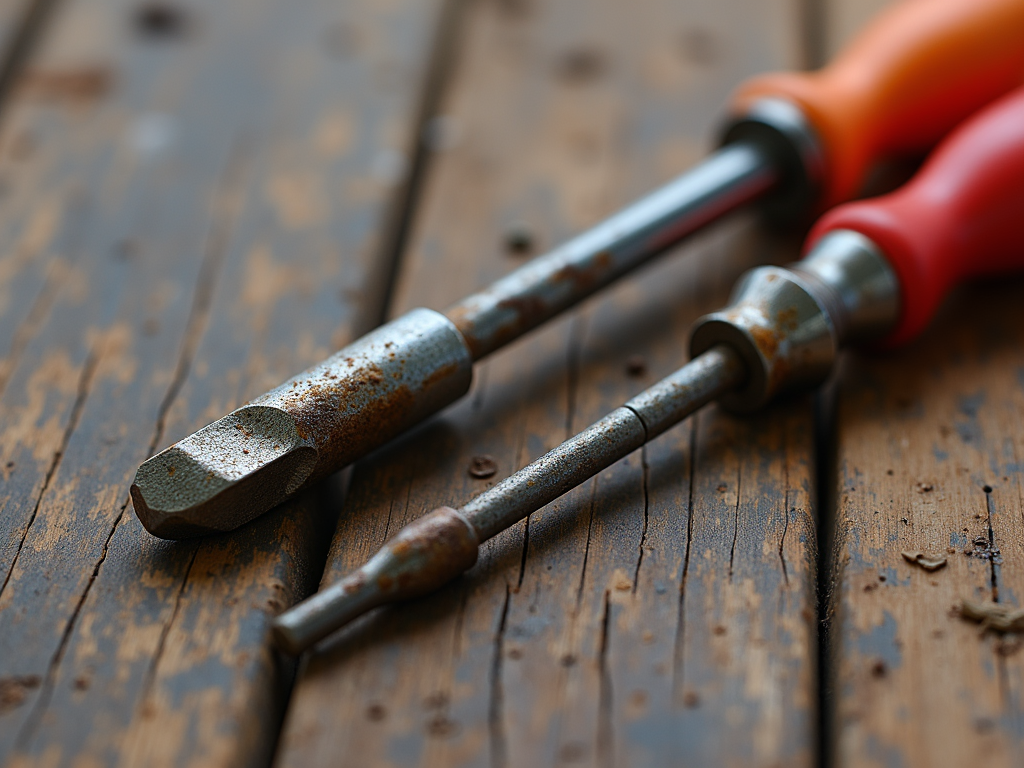
Screwdriver Maintenance and Safety Tips
Screwdrivers are one of the most common tools in any toolbox, but they still require care. Here are some tips to keep them in good condition:
- Clean the tips regularly to remove dirt and grime.
- Store them in a dry place to prevent rust.
- Use the right size and type of screwdriver for the job to avoid damaging the tip.
- Inspect the handle for cracks or damage and replace if necessary.
Safety is also crucial when using screwdrivers. Always wear safety glasses to protect your eyes from flying debris, and never use a screwdriver as a chisel or pry bar, as this can cause the tip to break and potentially injure you.
General Tool Maintenance Tips
While specific tools may require unique care, there are some general maintenance tips that apply to all tools:
- Clean your tools after each use to remove dirt, grease, and debris.
- Inspect tools regularly for signs of wear or damage.
- Store tools properly in a dry, cool place to prevent rust and corrosion.
- Lubricate moving parts as needed to ensure smooth operation.
- Sharpen blades and edges regularly to maintain their effectiveness.
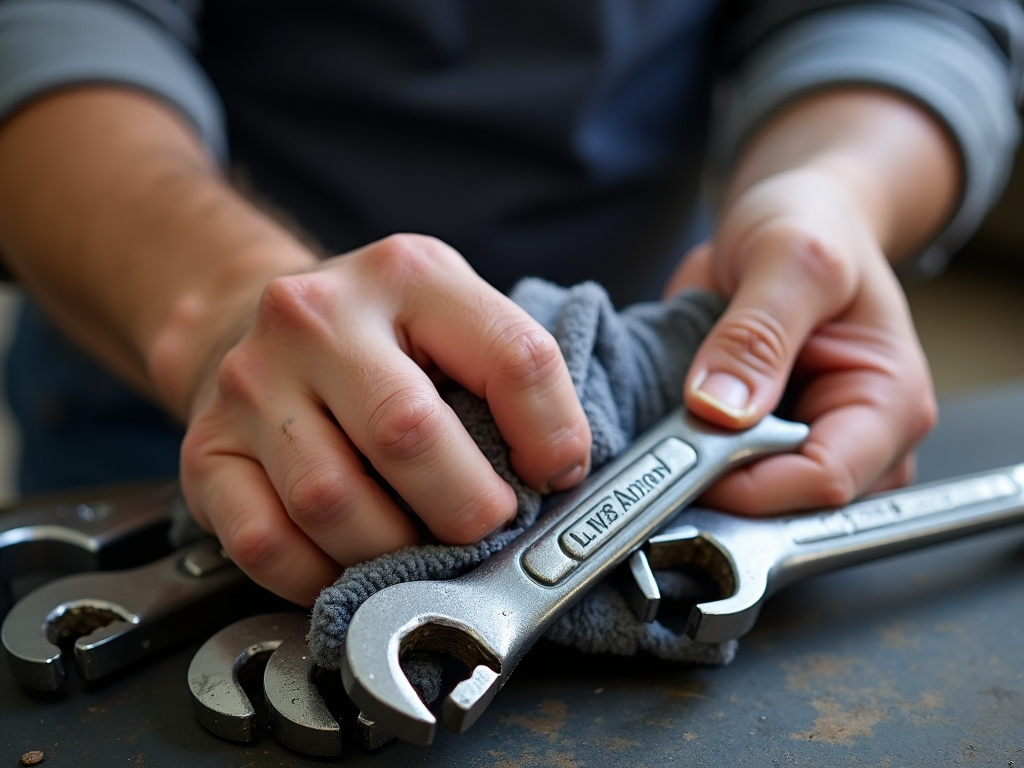
Maintenance Tips for Other Workman Tools
Workman tools like hammers, wrenches, and pliers also need regular maintenance. Here are some tips for these tools:
- Hammers: Check the handle for cracks or splinters and replace if necessary. For wooden handles, apply a coat of linseed oil to keep them in good condition.
- Wrenches: Keep them clean and free of grease. Store them in a toolbox or on a pegboard to prevent them from getting lost.
- Pliers: Lubricate the pivot point to ensure smooth operation. Check for any signs of wear on the jaws and replace if necessary.
I once had a hammer that I thought was indestructible, but after years of use without proper care, the handle started to splinter. I had to replace it, which was a hassle. Now, I make sure to check my hammers regularly and apply a coat of linseed oil to the wooden handles to keep them in good condition.

Power Tool Maintenance
Power tools require a bit more attention due to their complexity. Here are some tips to keep them in top shape:
- Check the cords and plugs for fraying or damage before each use.
- Clean the vents to prevent dust and debris from clogging the motor.
- Lubricate moving parts according to the manufacturer's instructions.
- Store power tools in their cases or on shelves to protect them from dust and moisture.
Tool Storage: A Key to Longevity
Proper storage is crucial for tool longevity. A well-organized storage system not only keeps your tools in good condition but also makes them easier to find when you need them. Consider using toolboxes, pegboards, or shelves to keep your tools organized. Make sure to store them in a dry, cool place to prevent rust and corrosion.
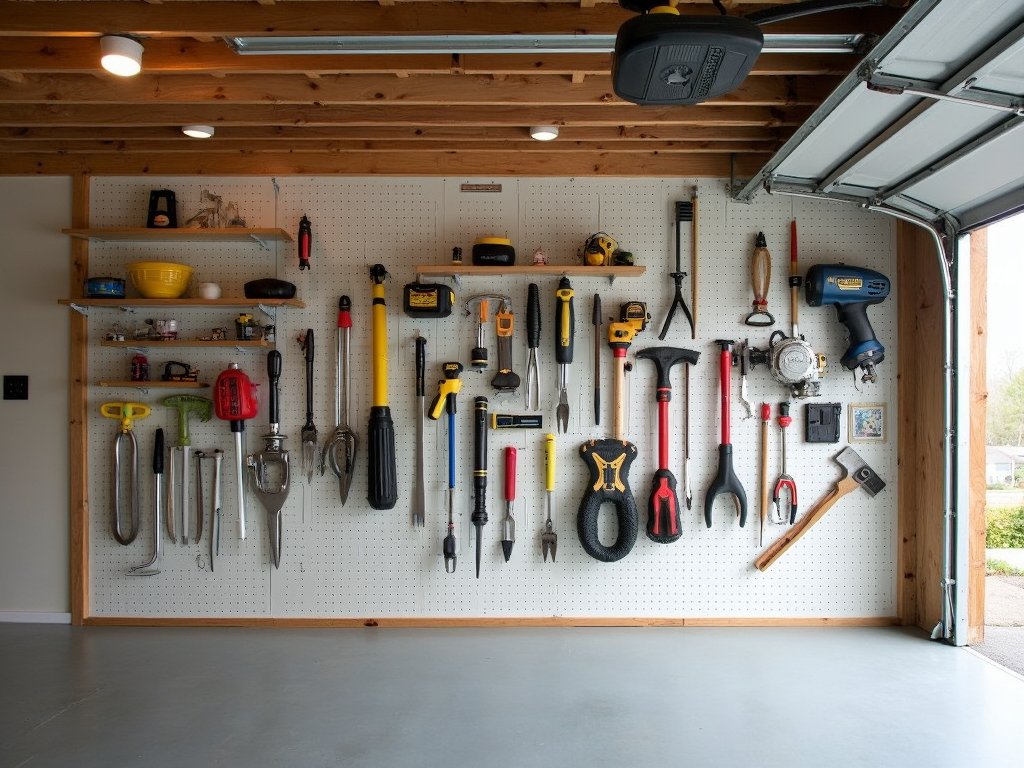
Regular Tool Inspection
Before using any tool, take a moment to inspect it for any signs of damage, such as cracks, rust, or loose parts. If you notice any issues, address them before using the tool. For power tools, check the cords and plugs for fraying or damage. Regular inspection can prevent accidents and ensure that your tools are in good working condition.
According to a study by the National Safety Council, improper tool maintenance is a leading cause of workplace accidents. By taking the time to maintain your tools, you can reduce the risk of injury and create a safer work environment.
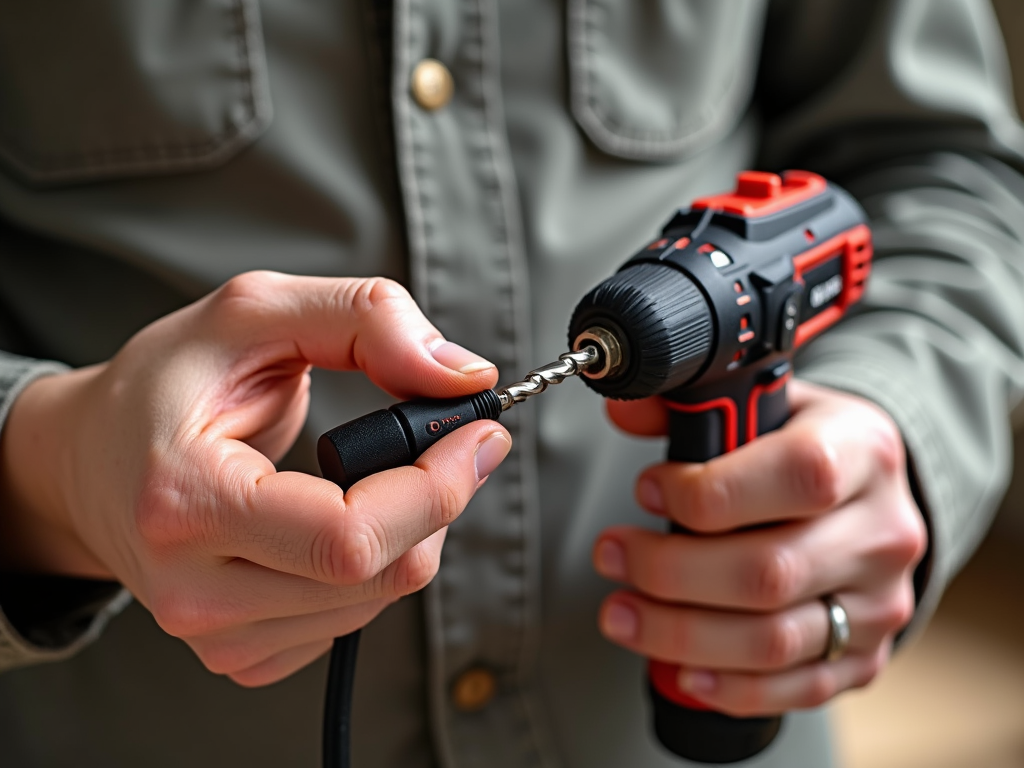
Tool Maintenance Checklist
To make tool maintenance easier, here's a simple checklist you can follow:
- Clean tools after each use
- Inspect for damage or wear
- Store in a dry, cool place
- Lubricate moving parts as needed
- Sharpen blades and edges regularly
By following this checklist, you can ensure that your tools stay in top condition for years to come.
In conclusion, tool maintenance might seem like a chore, but it's an investment in your tools and your safety. By following these tips, you can ensure that your tools serve you well for years to come. So, take the time to care for your tools, and they'll take care of you.
Related Tool Maintenance: Tips for Longevity:
- The Best Way to Store Power Tools: A Comprehensive Guide
- How to Sharpen Your Chisels
- Screwdriver Safety Tips for Beginners: Essential Guide for Safe Tool Use
- The History of Black & Decker: Pioneers of Power Tools
- The Benefits of Using a Rotary Tool: A Must-Have for Every Craftsman
- Essential Tools Every Workman Must Have: A Comprehensive Guide
- Mastering Metalwork: A Comprehensive Guide to Workman Tools
- The Art of Organization: Keeping Your Workspace Tidy and Functional
- The Future of Industrial Automation: Trends, Technologies, and Impacts
- 10 Must-Have Tools for Every Craftsman
- How to Maintain Your Workman Tools for Longevity
- Top Wrench Sets for Construction Workers: A Comprehensive Guide
